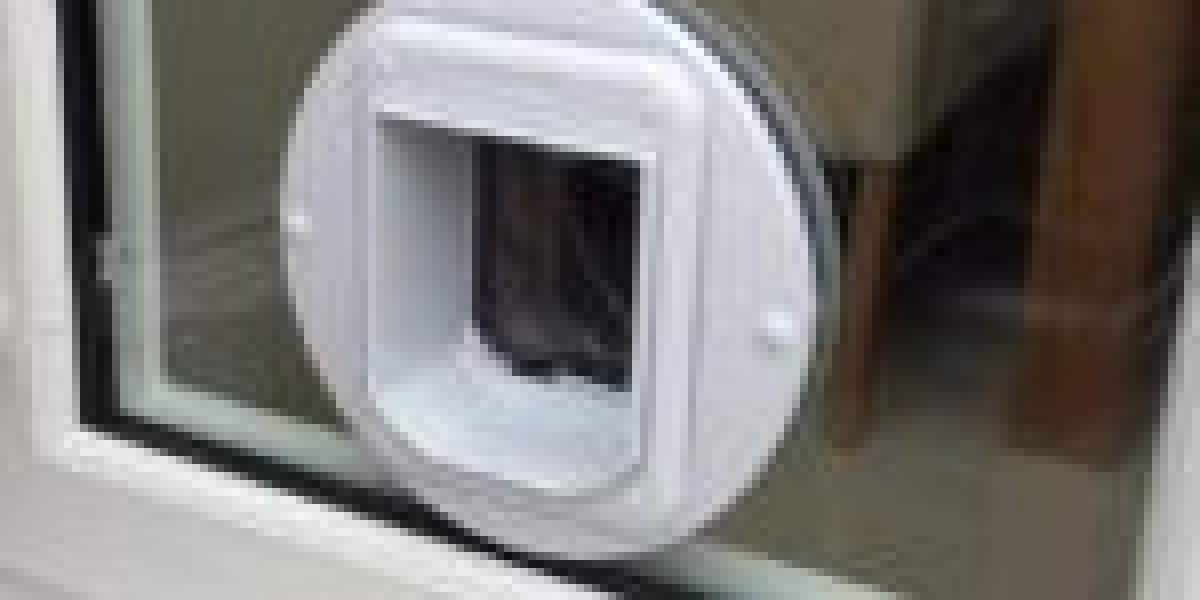The Purr-fect Fix: A Comprehensive Guide to Cat Door Fixing
As any cat owner can attest, a cat door is a necessary feature in any feline-friendly home. It offers our whiskered buddies with the liberty to come and go as they please, while likewise keeping unwanted critters out. Nevertheless, like any other home product, cat doors can end up being damaged or worn out with time, requiring some TLC to get them back in working order. In this post, we'll look into the world of cat flap specialist door fixing, exploring the common concerns, DIY solutions, and expert tips to help you keep your feline friend's entrance in top condition.
Typical Issues with cat flap for glass door Doors
Before we dive into the fixing part, it's necessary to comprehend the typical issues that can occur with cat doors. These consist of:
- Sticking or jamming: Over time, the door's hinges or rollers can become worn, causing the door to stick or jam.
- Leakages: Gaps or cracks in the door or its frame can permit cold air, wetness, or even unwanted visitors to enter your home.
- Broken or damaged frames: Accidental scratches or knocks can harm the door's frame, compromising its structural integrity.
- Faulty locking systems: The locking system can become jammed or broken, rendering the door useless.
- Worn-out seals: The door's seals can end up being worn, permitting air to leak through and minimizing the door's energy performance.
Do It Yourself Solutions for Cat Door Fixing
Luckily, numerous cat door problems can be solved with some basic DIY skills and tools. Here are some step-by-step solutions for common issues:
- Sticking or jamming:
- Clean the door's hinges and rollers with a soft brush and some lube.
- Use some silicone-based lube to the hinges and rollers.
- If the door still sticks, try adjusting the hinges or replacing the rollers.
- Leaks:
- Inspect the door and its frame for spaces or fractures.
- Seal any spaces or fractures with weatherstripping or caulk.
- Replace the door's seals if they're broken.
- Broken or harmed frames:
- Clean and check the frame for any damage.
- Use wood glue or a wood filler to repair any fractures or scratches.
- If the frame is seriously damaged, consider changing it.
- Defective locking systems:
- Inspect the locking system for any blockages or jamming.
- Tidy the locking mechanism with a soft brush and some lube.
- If the locking system is still faulty, think about replacing it.
- Worn-out seals:
- Inspect the seals for any indications of wear or damage.
- Change the seals with brand-new ones, following the manufacturer's instructions.
Expert Tips for Cat Door Fixing
While DIY solutions can be effective, in some cases it's needed to hire the experts. Here are some expert tips for cat door fixing:
- Use the right tools: Invest in a good quality toolset, consisting of a screwdriver, pliers, and a wrench.
- Step twice, cut when: Before making any repair work, confirm your measurements to prevent any expensive errors.
- Utilize the right products: Choose materials that are long lasting and weather-resistant, such as stainless-steel or PVC.
- Consider updating: If your cat door is old or outdated, consider updating to a more recent model with improved features and functionality.
Frequently Asked Questions
Q: How frequently should I examine my cat door?A: It's advised to inspect your cat door every 6-12 months to capture any potential problems before they end up being significant problems.
Q: Can I fix a cat door myself?A: Yes, lots of cat door concerns can be fixed with some basic DIY skills and tools. However, if you're not sure or uncomfortable with DIY repair work, it's best cat flap installer to speak with a professional.
Q: What are the advantages of updating to a more recent cat door design?A: Newer cat door models frequently feature enhanced features, such as much better insulation, enhanced security, and much easier cleaning.
Conclusion
Cat door fixing is a fairly uncomplicated process that can be accomplished with some fundamental DIY abilities and tools. By comprehending the typical concerns that can develop with cat doors and following the expert tips and DIY services laid out in this article, you'll be well on your method to keeping your feline good friend's entrance in top condition. Remember to inspect your cat door routinely and consider updating to a newer design if necessary. With a little TLC, your cat door will continue to offer your feline friend with the liberty and comfort they should have.
Extra Resources
- Cat door maintenance list:
- Inspect the door and its frame for any damage or wear.
- Tidy the door's hinges and rollers.
- Inspect the locking system for any blockages or jamming.
- Replace the door's seals if they're worn.
- Advised tools for cat door fixing:
- Screwdriver
- Pliers
- Wrench
- Weatherstripping or caulk
- Wood glue or wood filler
- cat Door for screen door door producers:
- PetSafe
- Cat Mate
- Staywell
- Perfect Pet Products
By following the tips and guidelines detailed in this post, you'll be well on your method to ending up being a cat door fixing expert. Keep in mind to constantly follow safety preventative measures and seek advice from a professional if you're unsure or uneasy with any element of the process.









